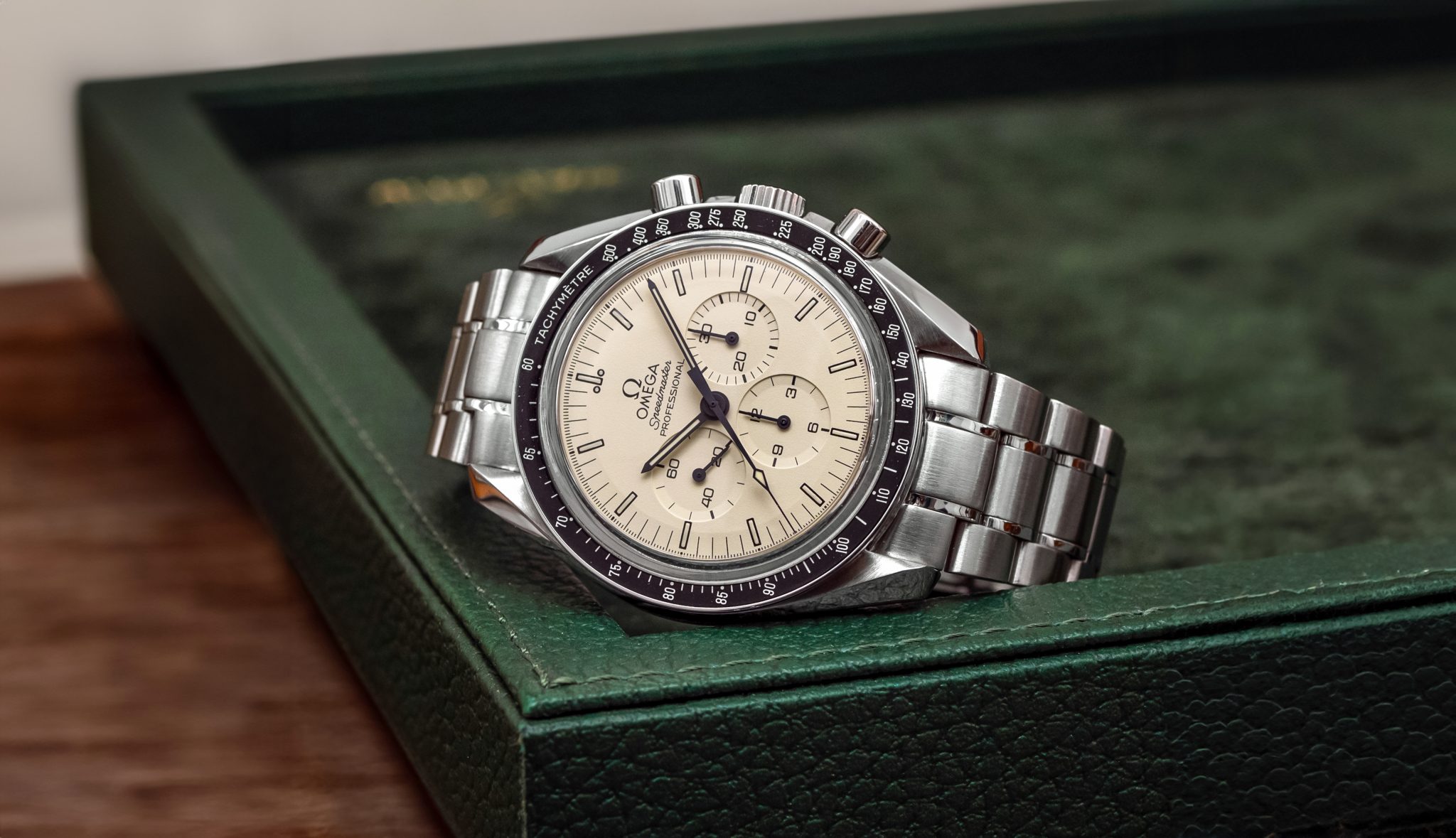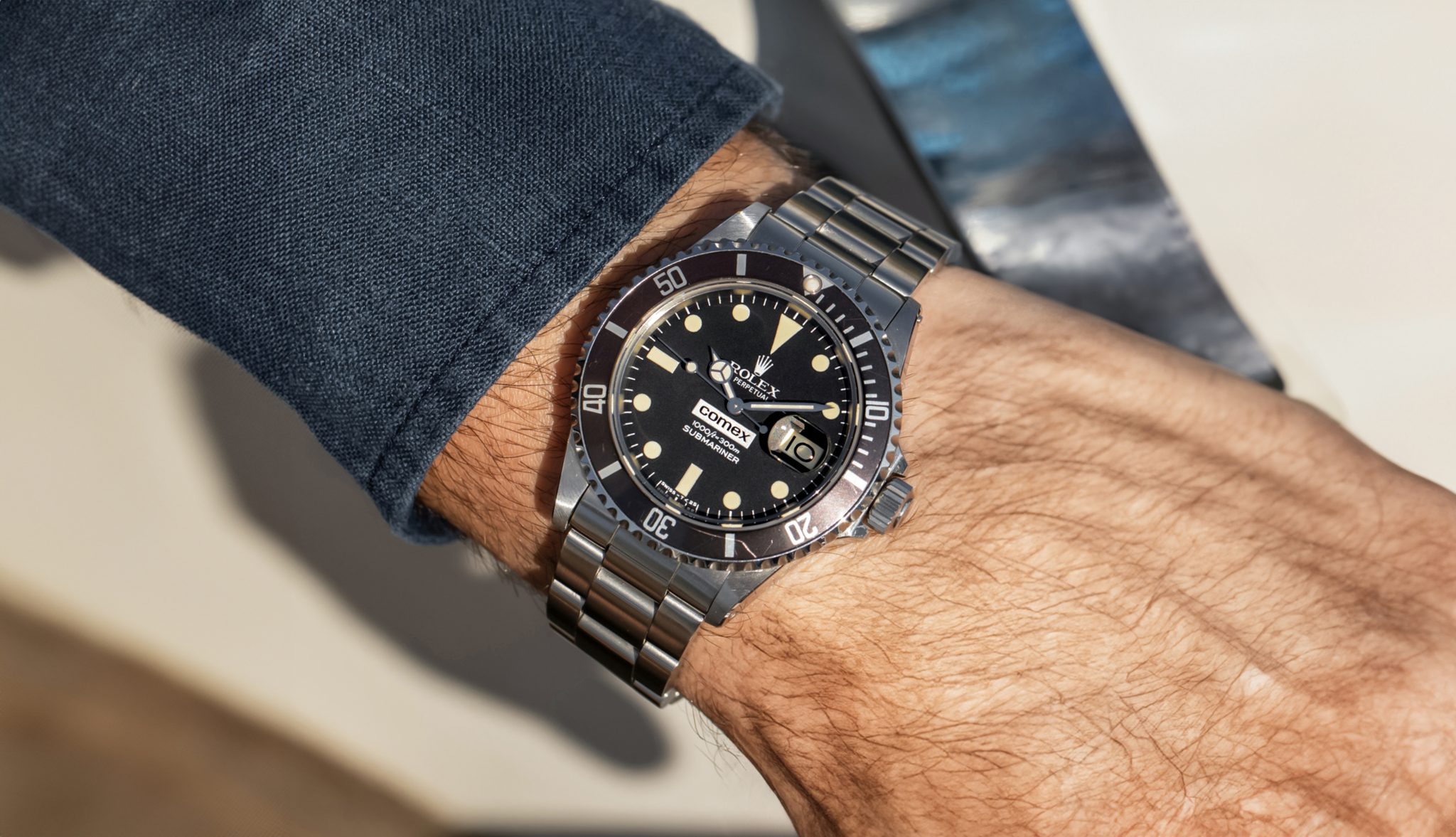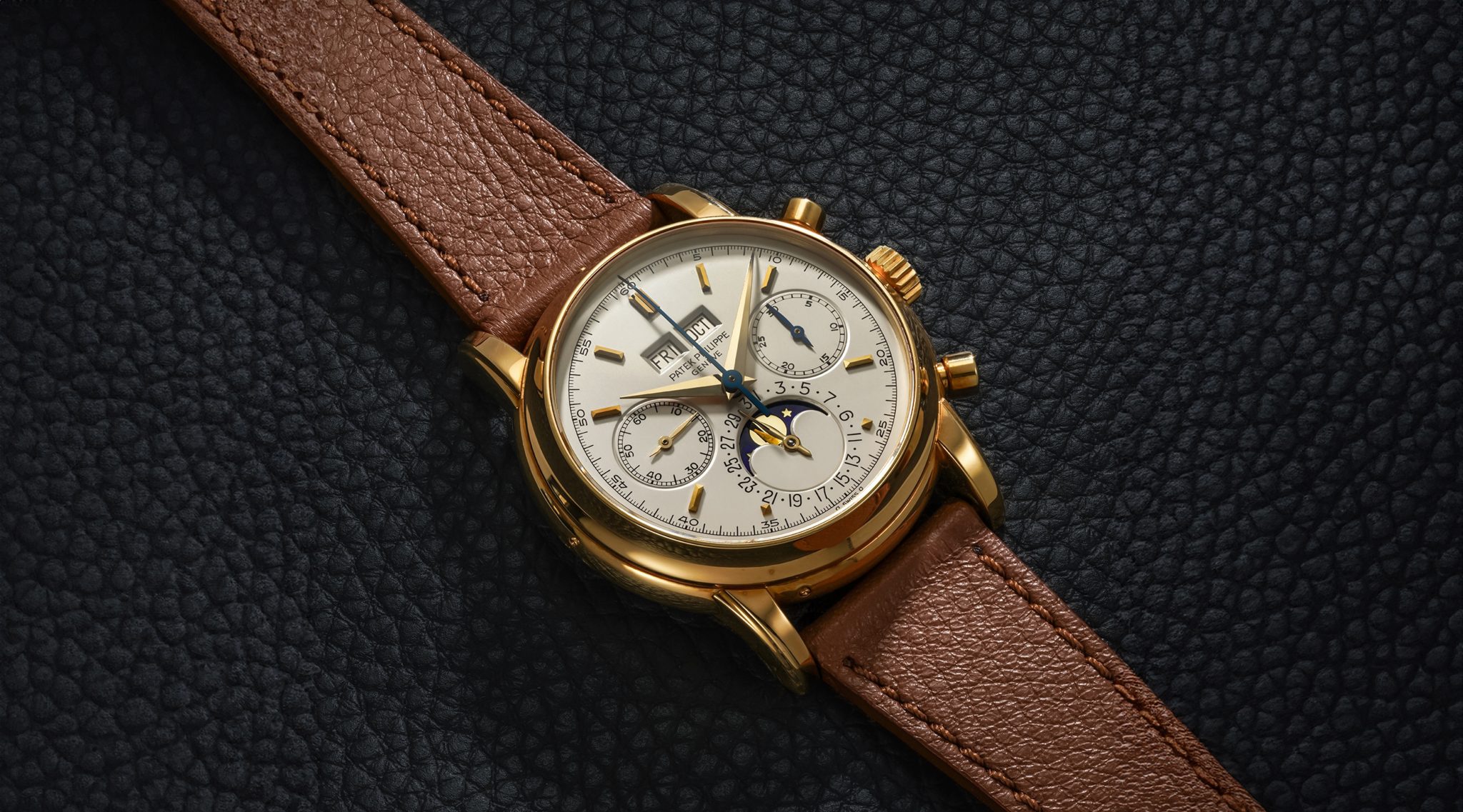
Fourth Series 2499 Patek Philippe Perpetual Calendar Chronograph
If you had to choose just one Patek Philippe of recent history to represent what we love about the brand, or perhaps what the brand used to be, it would have to be either a 5004, 3970, 3940, or, indeed, 2499. These are the height of the brand’s ability in serialized complication, ingenious solutions, finishing, and significance. The 2499 Perpetual Calendar Chronograph (PCC) feels like it’s particularly poised to be the most collectible watch of the next few decades full stop, if it isn’t already. Between its newly-proven, unmovably-concrete performance in a soft market, whispers of Lennon’s coming to auction soon, and those in the know having been playing musical chairs with 2499 examples over the last decade, something is in the air. If the 2010s were defined by the Paul Newman (and they were), the coming decade or two, I suspect, will belong to complicated 1970s-1990s Patek Philippe.
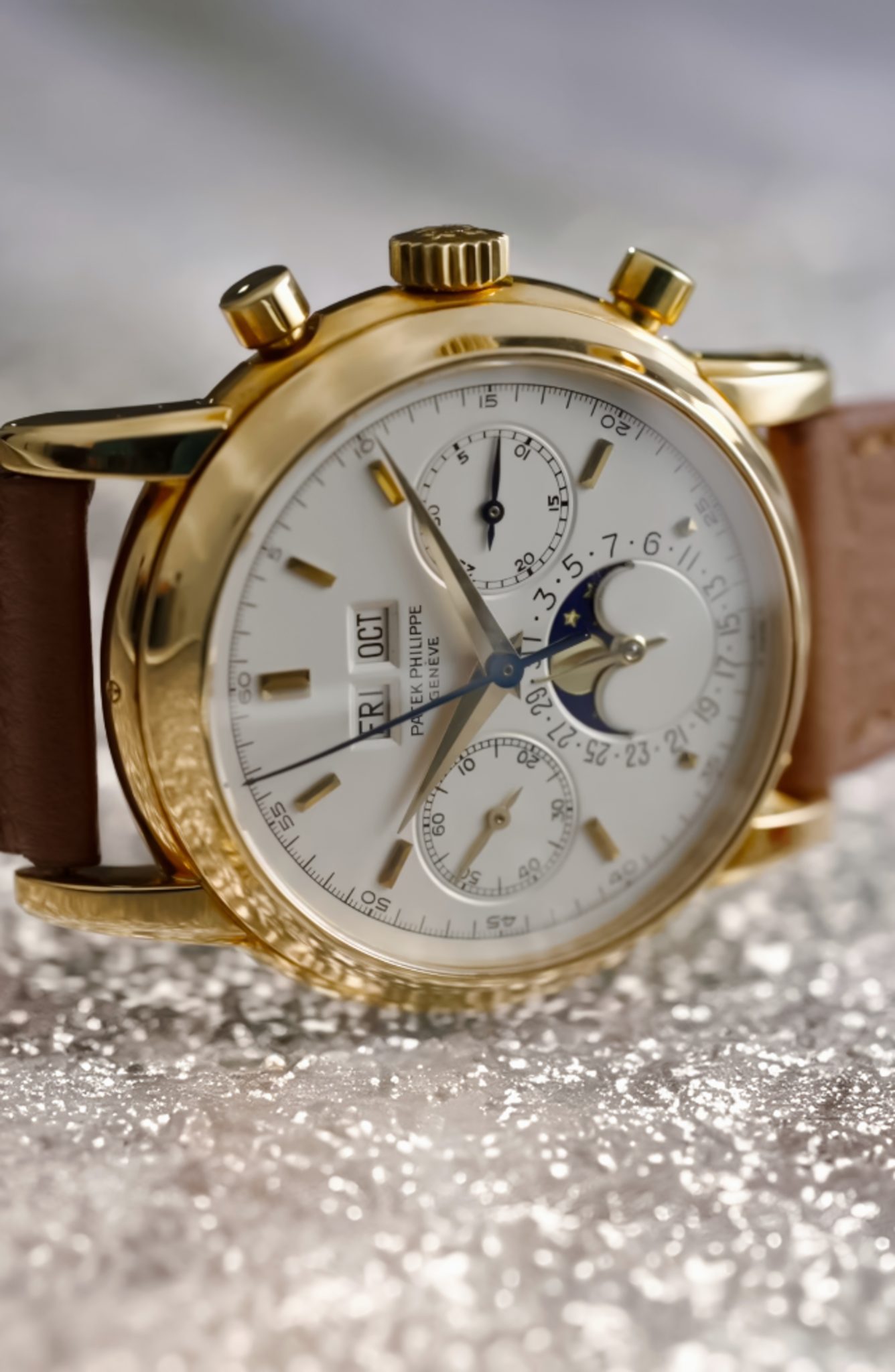
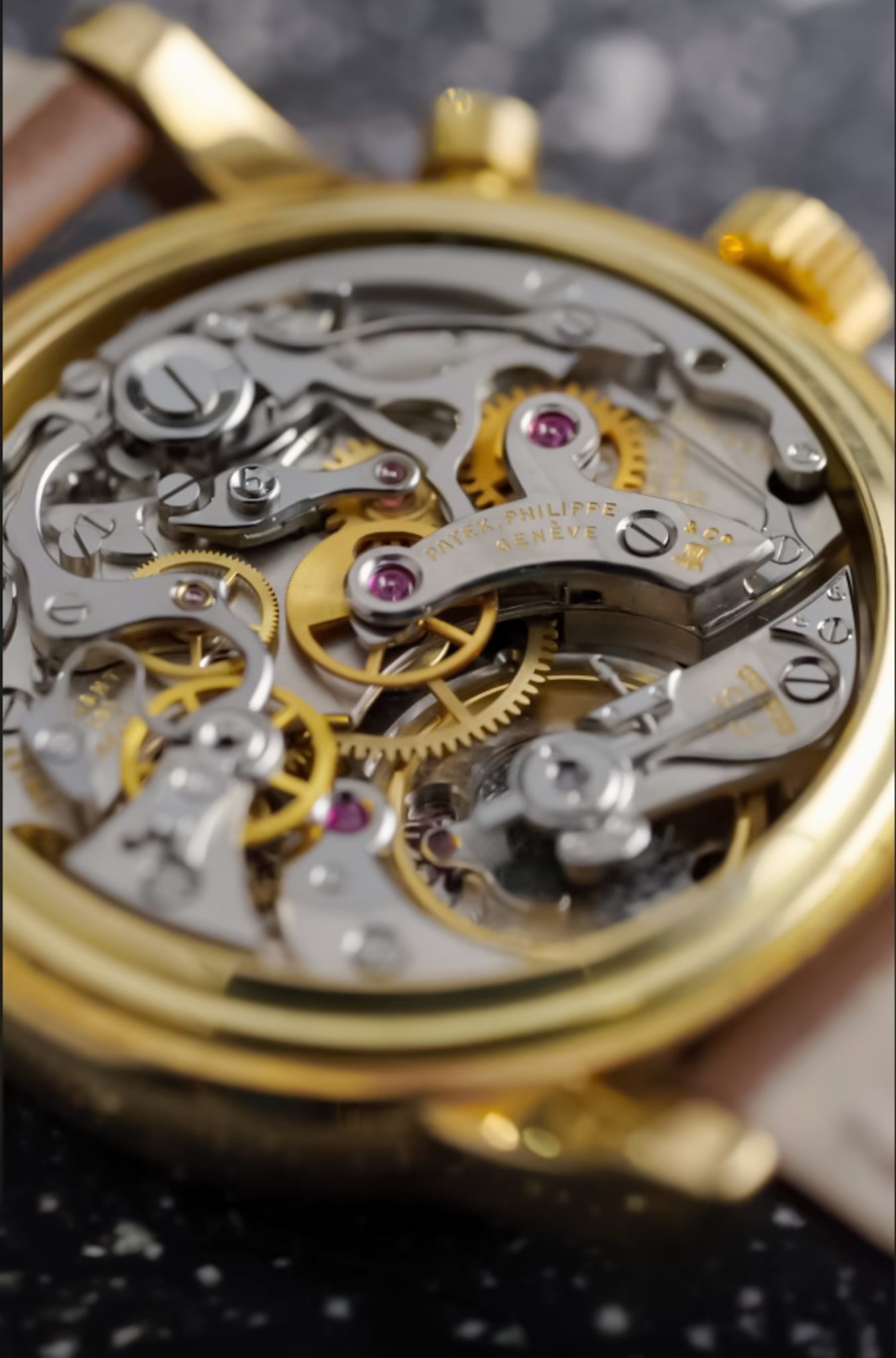
This is a fourth series, which is a surprisingly slightly controversial watch amongst those who study 2499s, as the introduction of pad printed dials. In short, you can quickly tell series as follows: first series have square pushers and transitioned from Vichet to Wenger cases. Second series have round pushers with a tachymetre. Third series does without the tachymetre for seconds divisions. This fourth series introduces a sapphire crystal and printed dial, getting its own reference as 2499/100, while also transitioning from Wenger to Ateliers Réunis (Patek Philippe-owned) cases. That was the very, very start of Patek Philippe increasing production. But despite that, between 1958-1985 just 349 examples of 2499 were made, 11ish per year.
When we talk about Patek serializing complication post-80s, that’s because the following 3970 was made in roughly 4200 examples. Engraved enamel left never to be seen again in this 4th series of 2499, but nonetheless is still of the era when Patek Philippe based their identity in quality, Henri Stern era. The PCC was invented by Patek and they’ve owned it unflinchingly since through Philippe and, yes Thierry. Yet, just on production, it’s easy to see how the 1518 and 2499 are behaving as they are in the market now. Paul Newmans can be rare, depending on the variant. These are all actually rare just by low-production definition. Condition is another thing. And while the listing description’s qualified ‘virtually NOS’ grinds my gears to no end, this is a great exemplar. Even the most common variant of the 2499 is exceptional and worth watching sell, but the 2499 itself is really what we should be watching over the coming few years.
Just a quick note. It’s in fantastic condition overall, but it’s not NOS. That’s the end of it. It’s coming up to auction this fall season.





